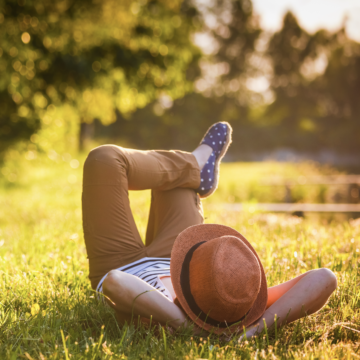Sun’s out guns out. Sky’s out thighs out. Summer is (finally) here, and for many of us that means a lot more time outdoors, physical activity, heading to the beach, or hanging out in a park.
Smart exposure to a bit of sunshine has a long list of benefits but also some pretty significant risks if you’re not prepared. In this guide, we’ll walk through the top ways to protect yourself while still (safely) having some fun in the sun.
.
The pros and cons of sunshine
In the right amounts, soaking up some sun is great for our health. It can improve your moods, boost your vitamin D levels, help regulate your hormones so you sleep better, and we’ve talked in the past about the huge mental health benefits of spending more time in nature.
Like many good things, smart sun exposure is about finding the correct “dose” and not overdoing it. Too much of a good thing can be a bad thing — this is the case with sunlight.
You don’t need a lot of time in the sun to get the benefits. Exposing your arms and legs to sunlight for 10-30 minutes three times a week can be enough. However, if you have darker skin, you might need to spend more time in the sun to get the same amount of vitamin D as a person with lighter skin, anywhere from 30 minutes to three hours.
The potential downsides to too much sun exposure include heat stroke, dehydration, aging skin, and, most seriously, increasing your risk of skin cancer.
Reduce Your Risk of Skin Cancer
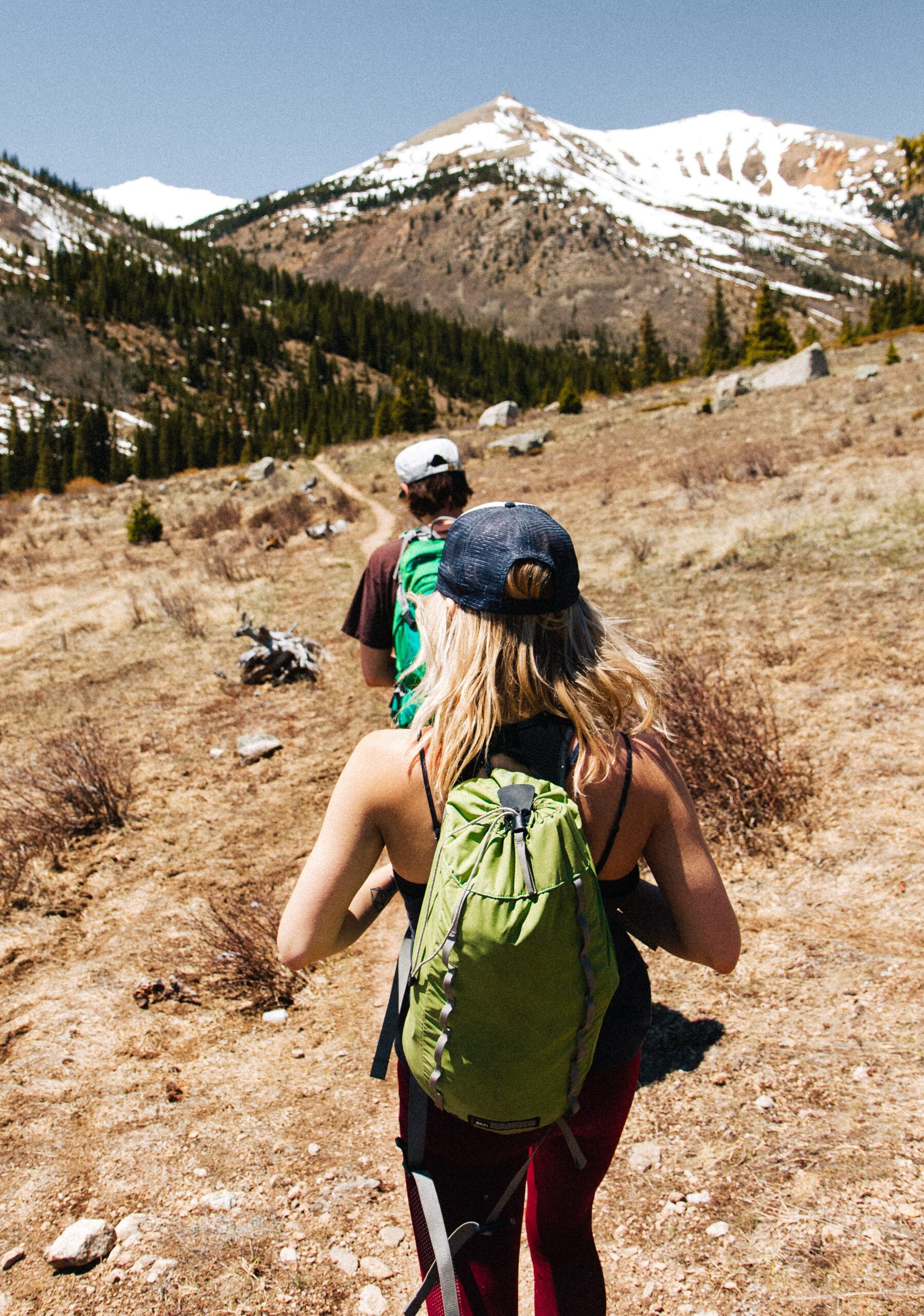
.
An ounce of sunscreen is worth a pound of cure
Prevention is critical when taking care of your skin and reducing your risk of skin cancer. Stopping a sunburn before it happens is much more important than taking care of a burn after it happens or reducing the amount you get burned overall.
Long story short: The most crucial way to take care of your skin in the summer is to aim never to get sunburned.
The good news is that it’s relatively simple to protect yourself with just a few key steps:
1. Sunscreen every day, all day.
If you have lighter skin or are in a high-risk category, then sunscreen is your friend. Look for a broad-spectrum version with SPF 30 or higher. After that, the type of sunscreen is up to you. The best sunscreen is the one that you will enjoy the feel of and remember to use correctly.
- Apply sunscreen 20-30 minutes before you step outside. After that, reapply it every two hours or immediately after you’ve been in the water or sweated profusely.
- Don’t forget to cover every area of your skin that might be exposed during the day, including your ears, back of the neck, shoulders, arms and legs.
- Do this whether it’s sunny or cloudy out. The sun’s UV rays are potent, and you can just as easily get sunburned on a cloudy day.
The benefits of sunscreen for folks with darker skin are less clear. Darker skin has higher levels of melanin, which is naturally more protective against the sun’s harmful UV rays. While people with darker skin can still develop skin cancer and get sunburned, their risk is lower and there’s a question of how effective sunscreen is in reducing that risk.
If you’ve got questions about sunscreen and how to pick the right one for you, the best thing is to talk with your own healthcare professional. Chat real-time with a registered nurse to get personalized advice for you based on your family history and skin type.
Green Beaver Sunscreen
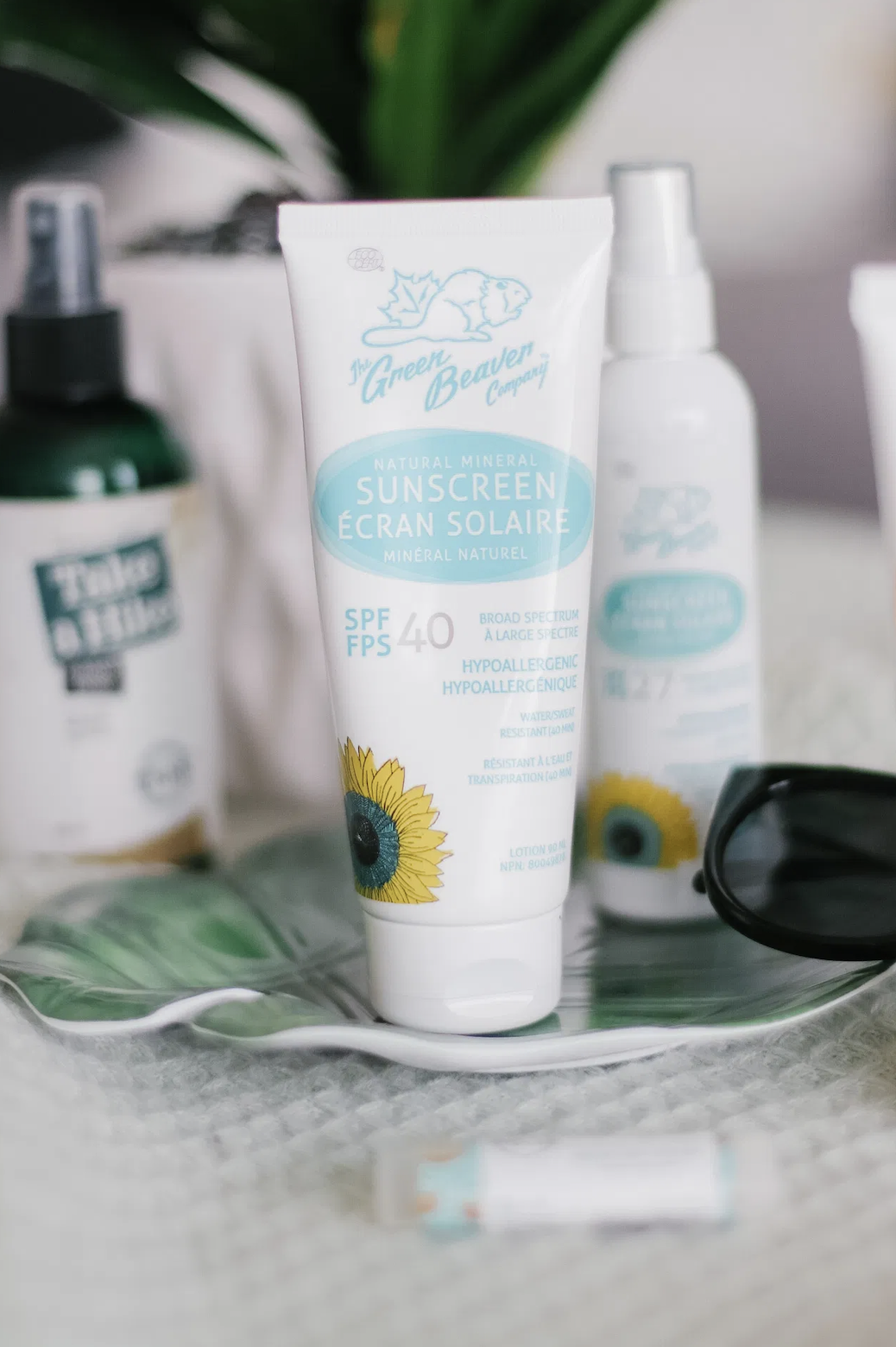
2. Don’t forget about your eyes, lips and scalp.
Wear sunglasses with UV protection as much as possible while you’re outside. Think of sunglasses as sunscreen for your delicate eyeballs. Also, keep a UV-blocking lip balm handy and often reapply to keep your lips covered.
Any kind of hat, cover or headgear is excellent to help protect your scalp and generally shade your face as much as possible.
.
3. Say no to tanning.
Indoor tanning beds are dangerous for your skin. If you personally love the glow from an artificial tan, try a spray tan or cosmetic bronzer instead. Your skin will thank you later.
A person is more likely to develop skin cancer from using tanning beds than developing lung cancer from smoking. Using a tanning bed even one time increases your risk of melanoma by 15%. Avoid synthetic suntan beds at all costs, and steer clear of tanning lotions and oils if you’re going to be outside.
.
4. Throw some shade.
Avoid exposing yourself to sunshine for too long while it’s most intense. If you’re outside from 10 am to 4 pm, stay in the shade as much as possible, wear loose-fitting clothing and a wide-brimmed hat or other head covering.
If you’re playing a sport or doing something recreational where you’ll be exposed for an extended time, try to plan it for the early morning or later evening — when the sun will be weaker — as much as you can.
Sunscreen Ingredient Checklist
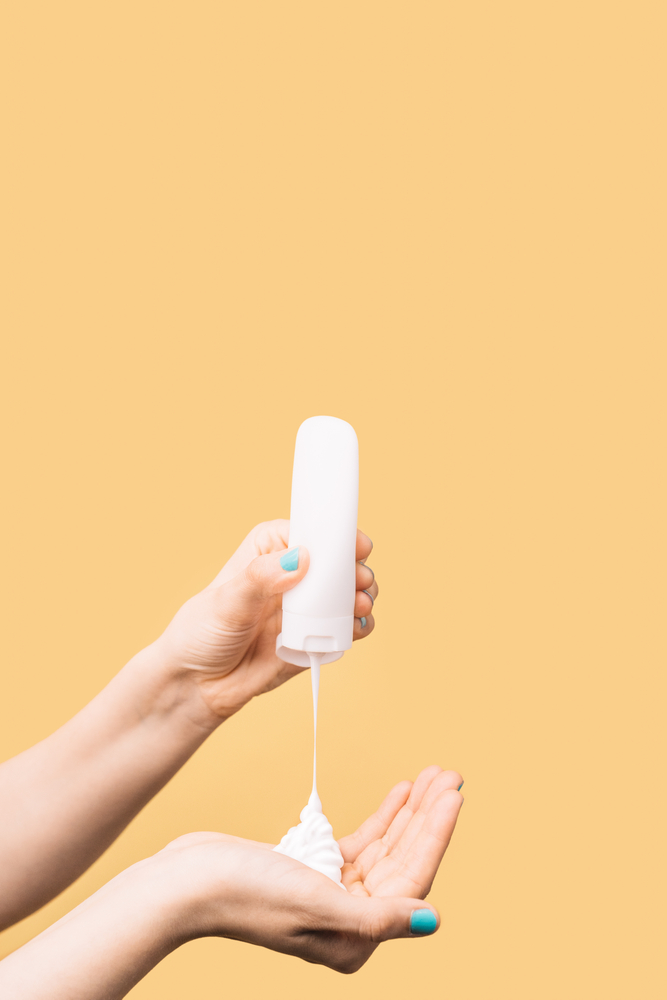
The ABCDEs of skin cancer
Skin cancer is a serious risk. 1 in 5 North Americans will be diagnosed with skin cancer during their lives, and it’s one of the more common cancers in younger adults.
Catching skin cancer early dramatically increases the chances of being cured. So keep an eye on your moles and know what to look for, especially if you have a family history of cancer or have spent a lot of time in the sun at any point in your life.
Regularly inspect your moles and look for the ABCDEs:
A – Asymmetry: Irregular shapes or anything not circular.
B – Border: An uneven, blurry border or irregular edges.
C – Color: A variety of colors or variations of color in a single mole, including various shades of brown (including black), red, white or blue.
D – Diameter: Larger in diameter than a pencil eraser, 6 mm or more.
E – Evolving: Any sort of change to an existing mole, like size, shape, feel, color or any of the red flags listed above.
If you notice any of the ABCDEs in the moles or marks on your body or have any questions about your skin health and risk of skin cancer in general, talk to your primary care physician or healthcare provider. Don’t know where to turn? Chat with us real-time and we’ll help you find the right care provider for you in your area.
.
You’re feeling the (sun)burn
So you’ve got a sunburn. Ouch. Don’t worry, it happens to the best of us. Maybe you diligently applied your sunscreen all day but missed a spot. Perhaps you forgot to reapply after a swim (or a sweat.) Or you were so relaxed you fell asleep and woke up looking like a lobster.
Whatever the reason, you’ve been burned and now you need to take care of yourself:
1. Get out of the sun immediately.
This might seem kinda obvious, but since most sunburns don’t fully appear until four to six hours after exposure, if you notice sunburn symptoms while you’re still outside, you need to get indoors ASAP.
.
2. Hydrate and cool down.
If you’re sunburned, you’re probably also dehydrated. Drink plenty of water or a sports drink with electrolytes immediately. If you have a bathtub, go for a quick soak in cool water. (Don’t stay in too long, extended bathtime can dry your skin out even more.)
Apply a gentle moisturizer with aloe vera or soy. Don’t apply any oil-based products, like Vaseline or coconut oil, that can trap the heat and make your burn worse.
.
3. Hang loose.
Change into loose-fitting clothing that won’t rub or chafe your burned skin. If you can, steer clear of wearing the same swimsuit or clothing you had on when you first got burned.
7 Days to Hydration
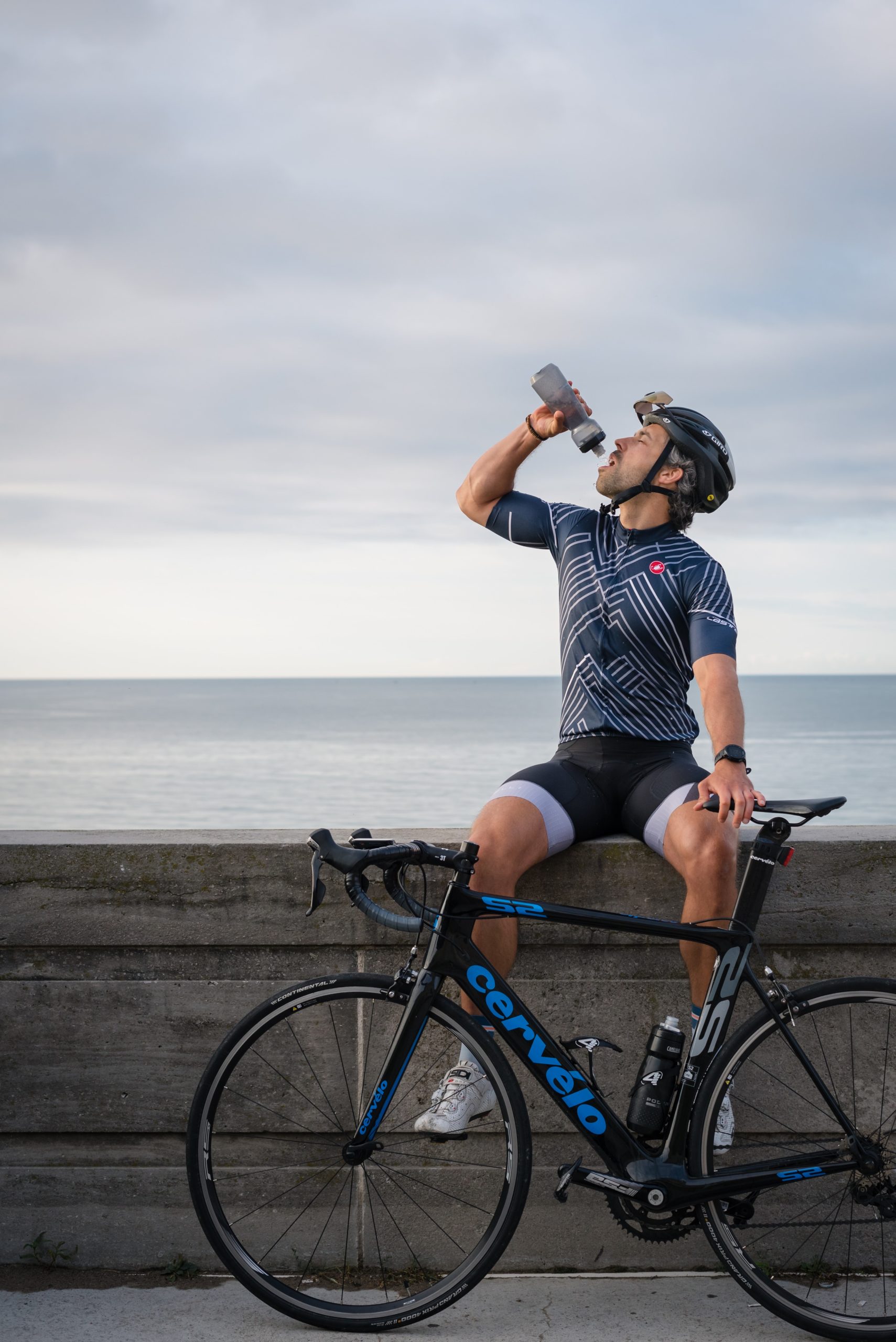
What to do for serious sunburns and heat stroke
.
Peeling
Peeling is a natural part of your skin’s recovery process. The best thing you can do if you start peeling is to leave it alone as much as possible. Continue to moisturize lightly over the peeling skin but don’t pull or rub at it. It won’t speed up the healing process and could even make it take longer.
Is it oddly (maybe grossly?) satisfying to peel away sunburned skin? Yes. Should you do it? No.
.
Blistering
Blisters are more severe and a sign of second-degree sunburn. They form to protect your skin from infection while you heal. Blisters should not be popped or drained — that won’t speed healing. It ups your risk of getting infected in that area.
The best thing you can do for a blister is to leave it completely alone. Don’t moisturize over it and avoid poking or playing with it. Again, we know it’s tempting. Again… just don’t do it.
.
When to seek medical help…
If your blisters show red streaks or oozing pus, these are both signs of infection and it means it’s time to see your doctor or healthcare provider.
If your burn is accompanied by fever, chills, confusion, dark-colored urine, vomiting or nausea, then you might be suffering from heat stroke. If you haven’t already, immediately get into the shade and hydrate. If your symptoms don’t improve after 15-30 minutes, head to your nearest ER immediately.






